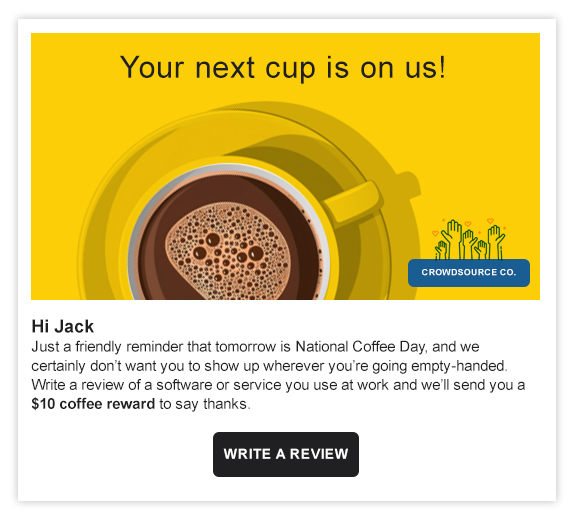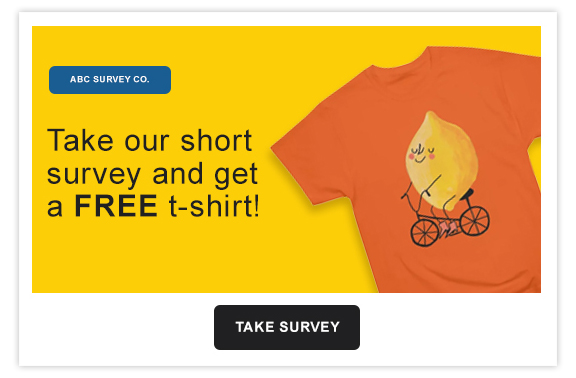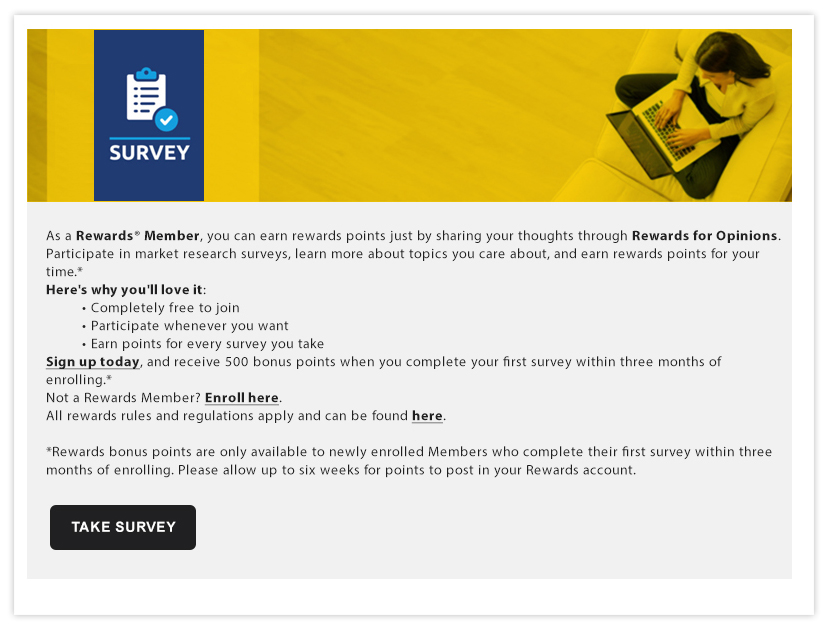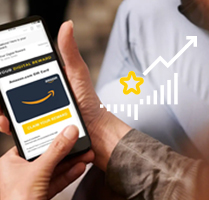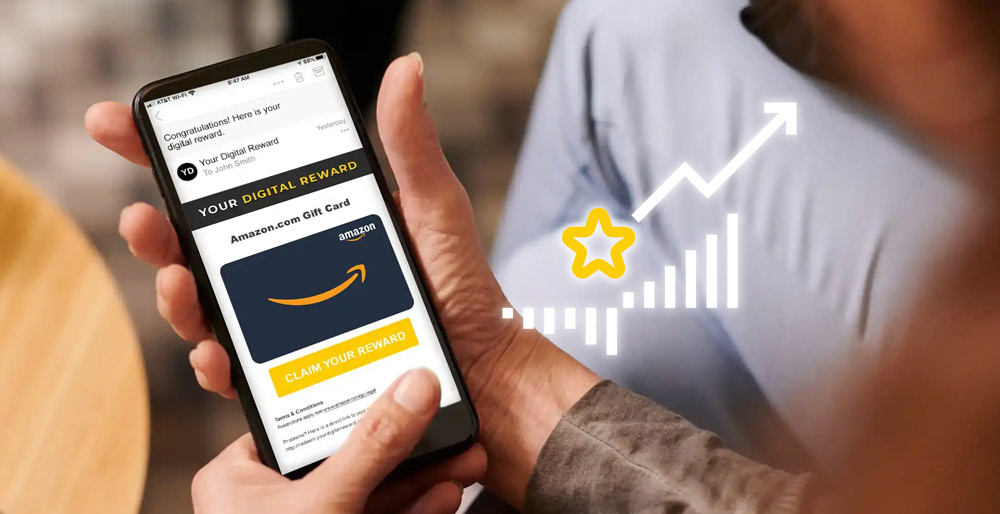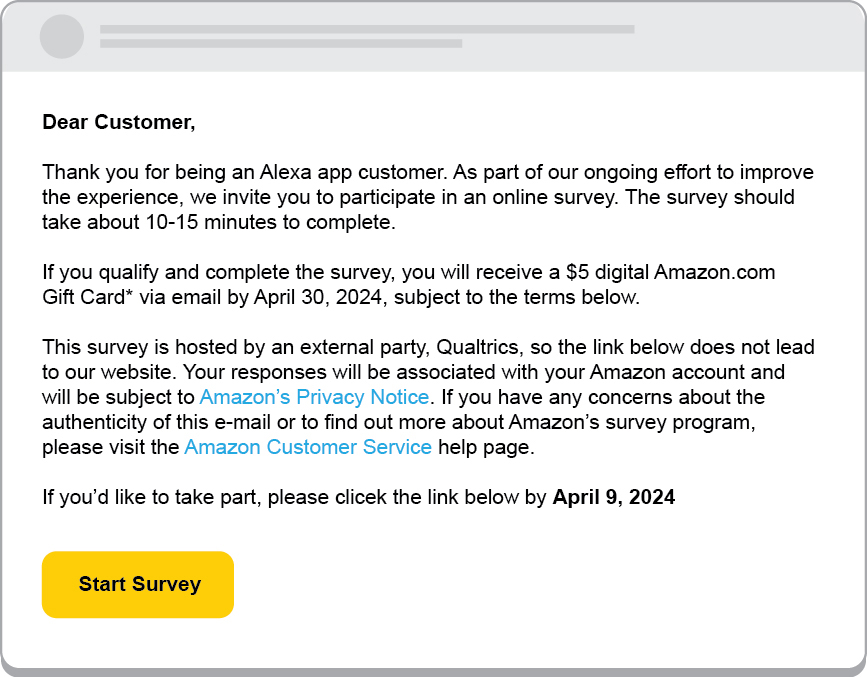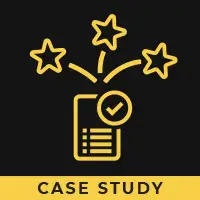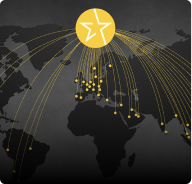Enhancing participant experience in market research is crucial for obtaining high-quality data and fostering positive relationships with respondents.
A well-designed participant experience not only ensures ethical compliance but also boosts engagement, satisfaction, and response rates.
This article explores practical strategies to improve participant experience, from simplifying consent processes to providing appropriate incentives, ensuring your research efforts are effective and respectful.
1. Simplify the consent process
Informed consent guarantees everyone understands the research, including risks and benefits, before agreeing to participate. In market research, respondents agree to participate with the assurance that the business will protect their identity, data, personal information, and that any NDAs will be honored. Upholding these principles maintains ethical research practices and instills confidence in research subjects.
To simplify consent, use clear and straightforward language and transparently explain data use, storage, protection, and anonymity. Be sure to design user-friendly, easy-to-read documents.
Make the process as smooth and informative as possible.
2. Be kind to unqualified candidates
In automated and in-person scenarios, processes must not be impersonal or abrupt—especially when dealing with unqualified candidates.
Personalized communication acknowledges the candidate’s effort and time, demonstrating respect and appreciation. Providing constructive feedback, even in automated rejection emails, offers candidates insight into why they weren’t selected and provides growth opportunities.
Maintaining professionalism and empathy throughout all interactions, offering resources or guidance for further development, and considering the candidate’s experience are essential practices. Training staff to handle interactions with empathy and professionalism contributes to a compassionate approach, preserving candidates’ dignity and enhancing the company’s reputation.
3. Make the research engaging
Ensuring participants remain interested throughout the research process increases engagement and the quality of responses.
Shortening surveys, simplifying questions, and incorporating interactive elements like sliders and drag-and-drop features enhance participant involvement. Implementing a mix of different types of questions (such as open-ended questions, interactive elements, and multimedia) can effectively capture and maintain attention.
When respondents are engaged, they provide more detailed, thoughtful, and honest feedback, which is crucial for accurate and valuable research outcomes. Using interactive and varied research methods significantly improves the user experience and overall effectiveness of the research.
4. Provide an incentive
Providing incentives is a straightforward yet effective way to boost participation in market research. Incentives reduce the rate of recruitment failure and study termination. Whether monetary rewards, gift cards, or entry into prize drawings, incentives motivate individuals to participate and finish their studies.
Even small incentives significantly increase response rates and create a diverse pool of respondents. By offering rewards for their time and input, participants feel valued and appreciated, making them more likely to engage in future studies.
5. Align incentives with the type of research
Choosing the right incentive for market research impacts the participant experience. The type and value of the incentive must align with the commitment and involvement required from participants.
This is why bulk gift cards work well for targeted email campaigns seeking underrepresented demographics. They acknowledge participants’ efforts and increase response rates, making them suitable for activities requiring moderate engagement.
Participants may prefer monetary payments or exclusive access to unreleased products for in-person case studies, especially when the brand is highly prestigious. These incentives add substantial value to their participation, reflecting the required time and effort.
Those completing shorter, less demanding surveys might be content with entry into prize drawings. Companies can incentivize lower-commitment activities with smaller rewards.
6. Simplify the reward collection process
A smooth reward collection process is the last step for a successful market research participant experience. The people who invest time and insights want quick reward distribution. It shows respect for their contributions.
Clear instructions enhance participant convenience and reduce any potential confusion. Digital rewards offer significant benefits for quickly collecting rewards. Instant electronic reward delivery ensures instant access, while customization adds a personal touch.
7. Offer choice and flexibility in rewards
Offering participants various reward options is key to boosting their motivation and satisfaction in studies. It acknowledges their diverse preferences and lets them choose rewards that suit them best.
Bulk gift cards are ideal because they provide many choices and flexibility. In a recent study, gift cards for food or merchandise were the only tangible gift with cash value to round out the top tier of recognition preferences.
It’s essential to partner with a digital incentive expert with a wide selection of brands, like Neocurrency, which offers access to over 2,000 brands. The right partnership opens the door for participants to select rewards from their favorite retailers, enhancing the incentive program’s effectiveness and excitement.
8. Highlight prestigious brand partnerships
Partnering with well-known brands for rewards significantly boosts the value of market research participant experience. Participants perceive rewards from renowned brands as more valuable and desirable, motivating them to participate actively and provide thoughtful responses. Respondents who receive rewards from prestigious brands are more excited and satisfied. It also reinforces the legitimacy and credibility of the research project.
9. Address global reach and accessibility
Offering rewards that customers can use globally ensures inclusivity and accessibility in market research. It allows research subjects from different regions and backgrounds to engage in research activities and fully benefit from their contributions.
Partnering with NeoCurrency for bulk gift cards is a wonderful way to offer global reach and accessibility. These gift cards can be used in over 50 countries, providing a convenient and versatile option for respondents worldwide. Participants easily redeem their rewards regardless of location and enjoy the benefits of various brands and retailers. It cultivates a more inclusive and diverse participant pool, leading to richer and more representative research insights.
What does beneficence mean in market research?
Beneficence in market research means conducting studies to maximize benefits and minimize harm to participants.
This principle is crucial for ethical integrity, data quality, legal compliance, and public trust. By adhering to beneficence, researchers can significantly improve the participant experience, which is the focus of this article.
Securing informed consent, protecting confidentiality, respecting participants, and offering feedback are key practices. These measures enhance the participant experience by fostering transparency, security, and respect. When participants feel valued and protected, their engagement and satisfaction increase, leading to higher-quality data and a positive perception of the organization.
Fostering beneficence directly contributes to improving the participant experience in market research.
Partner with NeoCurrency to improve participant experience
Simplifying the consent process, showing kindness to unqualified candidates, and engaging participants through interactive surveys are vital practices.
One of the most important considerations for engaging participants is providing appropriate incentives aligned with their commitment levels. Another key detail is implementing a smooth reward collection process to offer flexible and diverse rewards from reputable brands. Among others, these practices promote a trustworthy and effective market research environment.
Partnering with the market research rewards experts at NeoCurrency opens the door to accessing thousands of global brands that are accessible to respondents all over the world.
With access to 2,000 stores across 50 countries, NeoCurrency’s bulk gift cards provide unparalleled flexibility and global reach for your market research incentives.
Request a demo with NeoCurrency to enhance your participant engagement today!



 Consumer opinions change rapidly, and companies must continuously gather insights to stay ahead of the competition. But how do you convince busy consumers to share their thoughts and preferences?
Consumer opinions change rapidly, and companies must continuously gather insights to stay ahead of the competition. But how do you convince busy consumers to share their thoughts and preferences? 